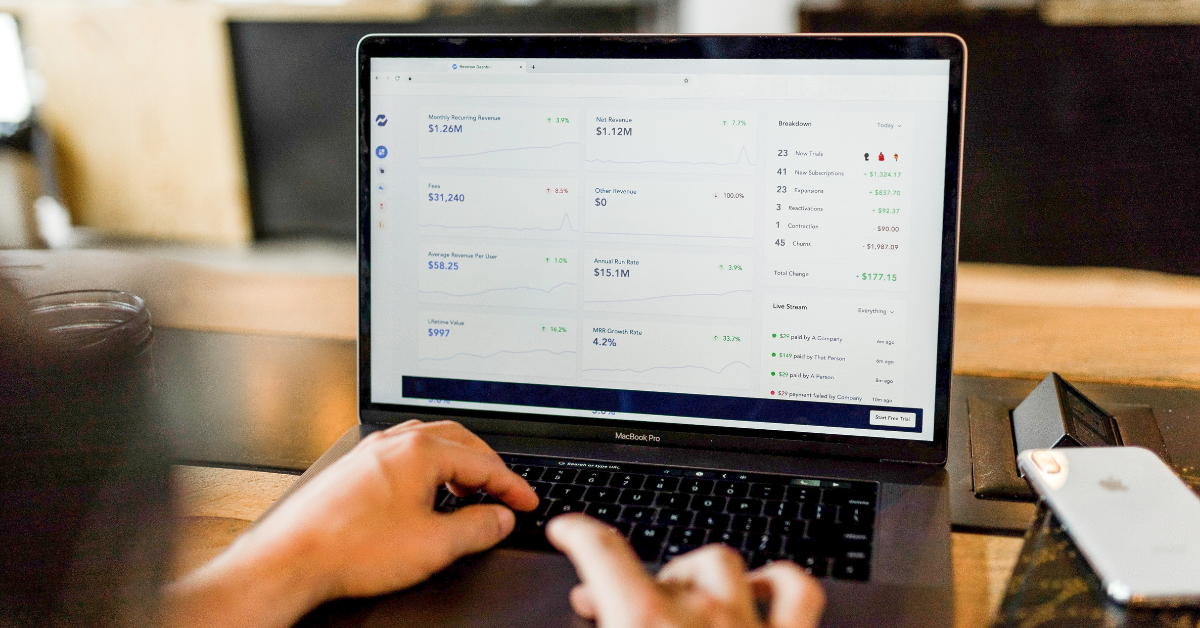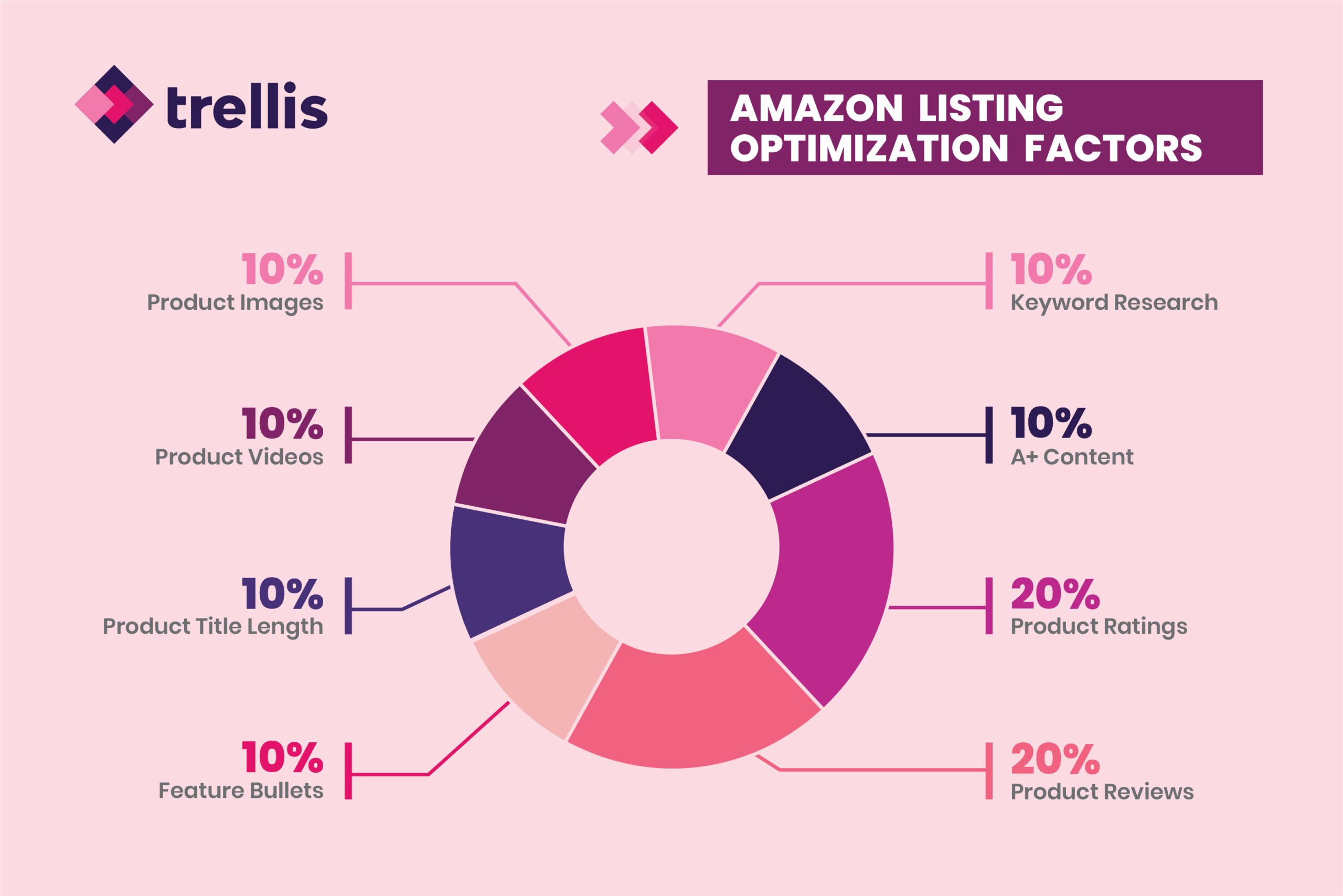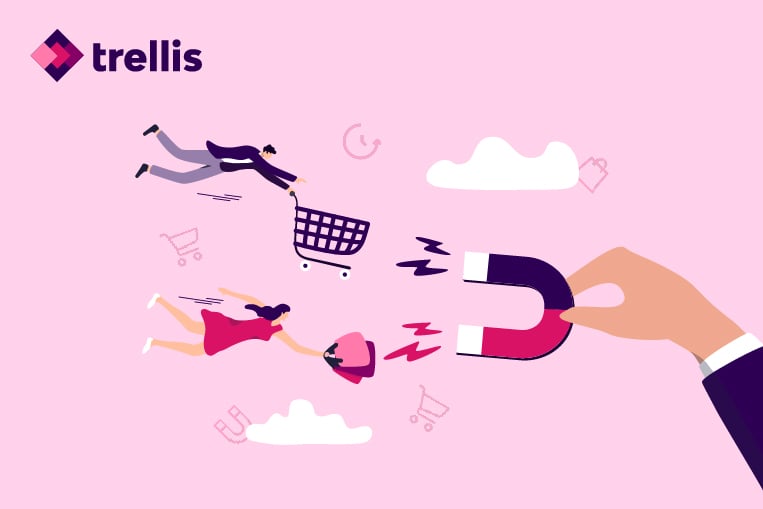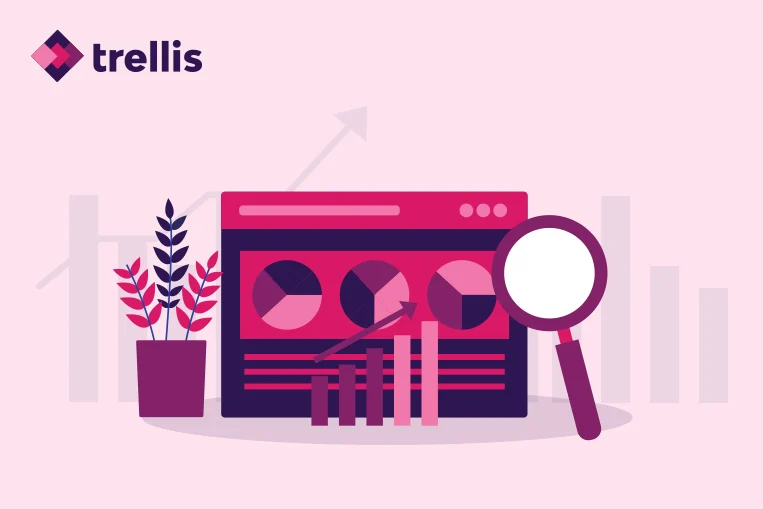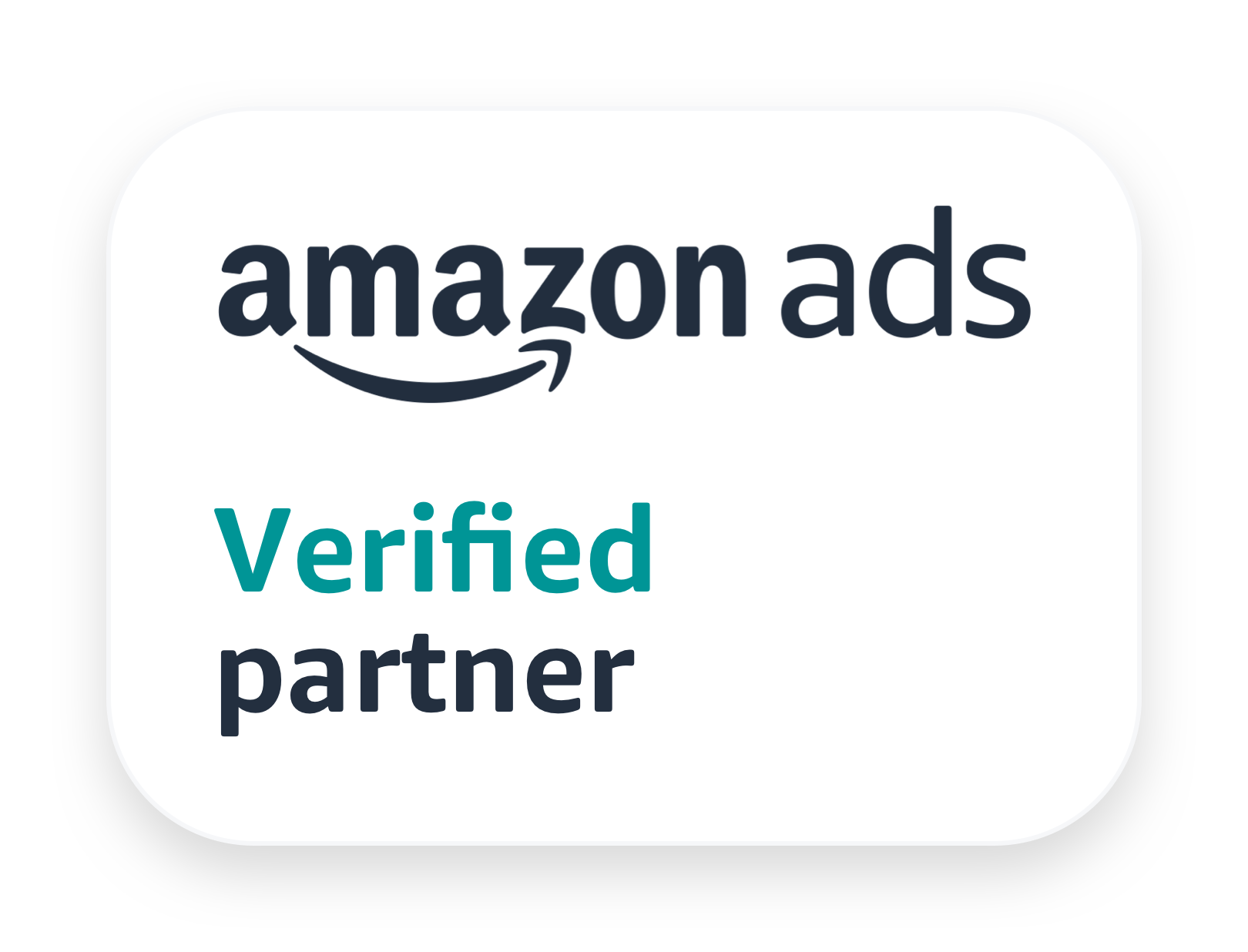Selling on Amazon is an adventure consisting of many cost-related hurdles to overcome. Achieving optimal profit margins, reducing advertising cost of sale (ACoS), and covering seller fees are just a few examples. Using a self-driving PPC tool to discover keywords, optimize bids and manage ad spend can definitely help but, when all is said and done, how much does it really cost to sell on Amazon?
Well, to figure this out, we need to determine what expenses Sellers are generally responsible for. Let’s take a look.
What’s Your Account Type?
Amazon offers two types of seller accounts in the form of Individual and Professional plans. Individual Sellers operate on a pay-as-you-go basis, but we only recommend it if you make fewer than 40 sales per month. Why? Well, you’ll be paying a 99-cent fee for each unit sold, and once you hit 40, you’ll be paying the same amount as a Professional Seller account fee every month. This is important to note because Professional Sellers only need to pay this flat fee instead of a per-sale charge. There can sometimes be additional fees depending on the category, but that largely depends on what you’re selling (most product types don’t get hit with these).
Production, Packaging, Shipping, and Inventory Costs
Of course, you can’t determine a profit margin without knowing the precise cost of producing an item you want to sell. Let’s say you want to create an Amazon listing for a cat carrier; if the manufacturing, storage, packaging, and shipping (landed) fees come to $75 and you want to list it for $100 a unit, you’re only making a 25 percent profit – and that’s before calculating your advertising expenses (more on that later).
If your products are handled by Amazon on your behalf (these are known as Fulfilled by Amazon (FBA) Sellers), everything from storage to packing, and shipping may come with a small fee. For shipping, in particular, you may have to pay a different amount depending on whether you adhere to a weight-based or price-based format. Plus, if you’re not moving enough product out of an Amazon fulfillment warehouse and items are left sitting on shelves, you’ll need to pay extra for using the space they have available.
Since the rise of the COVID-19 pandemic, Amazon has also limited the amount of storage space available to merchants as they’re giving priority to essentials. As a result, a number of merchants are relying on third-party warehouses to store their products. And of course, like most things in life, this doesn’t come without an added cost.
Other Fees
In addition to the aforementioned Seller account fees, there are the following costs that you may need to contend with:
- Removal order fees for disposing of or liquidating stock/returns.
- Unplanned service fees for packaging that doesn’t meet Amazon standards.
- Return order fees, usually equal to the fulfillment fee of a product.
- Amazon Early Reviewer Program fees of $60 per product SKU (note that only products priced $15 or higher are eligible).
- FNSKU labels, which are required by Amazon and can be installed by them for 20 cents per item. Alternatively, simply download and apply the labels yourself or through a manufacturer.
- Costs associated with creating high-resolution imagery and content, such as hiring freelance copywriters or product photographers/videographers. E-commerce merchants are investing in shopper design and claims consultants to develop content with the principles of shopper psychology in mind.
- Brand registry fees including a trademark application of $350, which is required to become a private label Seller. You need a high-resolution logo, official website, and email contact details, product photos, and packaging that show the brand in question, and that active registered trademark to do this successfully.
Advertising Costs
Gone are the days where you became a millionaire overnight selling on Amazon. ACoS expectations are driven by where you are in the product lifecycle. For example, It’s important to remember that ACoS will run high at the beginning if you’re launching a new product (likely in the 60-70% range). While this may seem intimidating at first, total ACoS will improve as your sales velocity starts to increase and you accumulate a good amount of reviews (100+). Patience is critical at this stage. It’s important to factor in the high ACoS to get the product off the ground when you’re doing your cost planning.
You don’t have to make these decisions alone as a Seller; tools such as Trellis utilize AI to automate the keyword bidding process, harnessing available data to make informed refinements with as little as a single click. All in all, you want to drive your advertising costs down as much as possible without negatively impacting campaign performance or spiking the sale price per unit. Smarter, data-driven optimizations can help with that.
In order to become a successful Amazon Seller, you need to reduce your operating costs as sensibly as possible, and without negatively impacting product quality or PPC campaign performance. If you need help with the latter, Trellis has you covered. Contact us today to learn more about our self-driving PPC solution!
